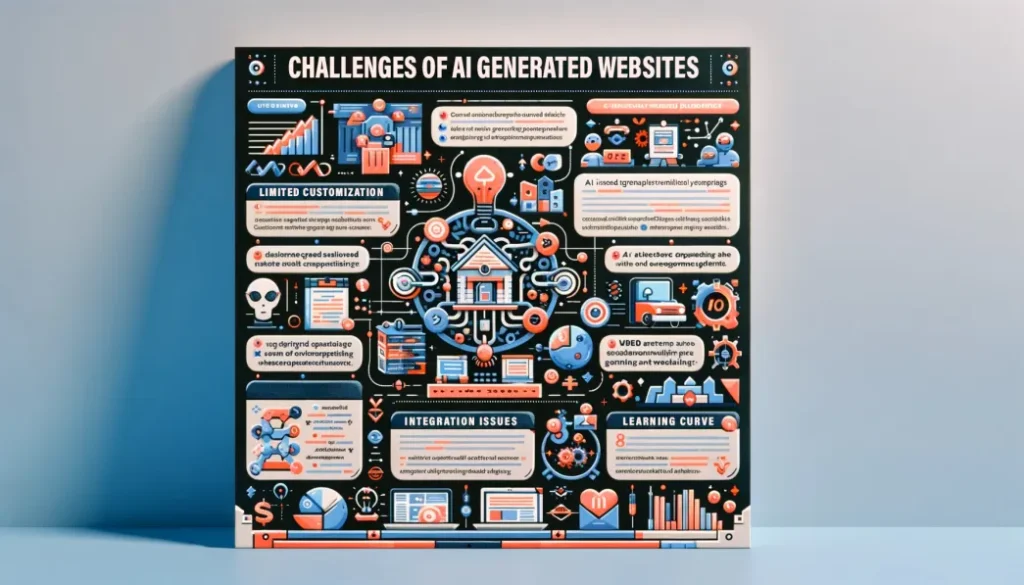Introduction
In today’s hyper-competitive market, success isn’t just about knowing your customers—it’s also about knowing your competitors. That’s where AI For Competitive Intelligence becomes a game-changer. By automating the way you gather and analyze data on rival companies, AI gives you a clear, continuous view of what your competition is doing—so you can react faster, plan smarter, and stay ahead.
Why Tracking Competitors Matters
Your competitors are constantly evolving. They’re launching new products, changing pricing, improving customer experiences, and experimenting with marketing strategies. If you don’t keep up, you risk falling behind. Traditional methods of tracking competitors—manual research, inconsistent reports, and delayed insights—simply can’t match the speed of today’s markets.
That’s why more companies are turning to AI for Competitive Intelligence to keep a watchful, real-time eye on their competition.
What Is AI for Competitive Intelligence?
At its core, AI for Competitive Intelligence refers to using artificial intelligence to monitor, analyze, and interpret your competitors’ digital footprint. This includes everything from their website updates and content changes to customer reviews, press releases, job postings, and social media activities.
What AI Tracks:
- New product or feature launches
- Website changes (pricing, messaging, structure)
- Online reviews and customer sentiment
- Job listings and hiring trends
- Social media campaigns and engagement
- News mentions and PR activity
- SEO and keyword strategies
- Ad spend and paid campaigns
Key Benefits of Using AI for Competitive Intelligence to Track Rivals
1. Real-Time Alerts
AI tools notify you the moment something changes—like a competitor updating their pricing page or releasing a new feature. That means no more waiting weeks or months to discover what already happened.
2. Trend Spotting
AI can spot subtle patterns that humans miss, like consistent changes in a competitor’s messaging or hiring patterns that suggest a new product line. These signals help you stay proactive rather than reactive.
3. Cross-Channel Visibility
Your competitors exist across many platforms—LinkedIn, Google Ads, their blog, third-party review sites. AI consolidates all this into a single, digestible view so you don’t miss anything.
4. Competitive Benchmarking
With AI, you can track how you measure up against competitors over time, not just in terms of products but also in areas like customer satisfaction, marketing performance, and online visibility.
Best Tools That Use AI for Competitive Intelligence
Here are some top tools that businesses use to track competitors effectively:
- Crayon – Monitors everything from pricing updates to marketing content
- Kompyte – Great for sales battlecards and automating competitor alerts
- Similarweb – Provides insights into competitor website traffic and SEO
- ChatGPT with custom prompts – Allows you to analyze news, reviews, and product data in context
- Google Alerts + AI summarizers – For monitoring competitor mentions in the media
You can even use free AI prompt libraries to customize your own analysis for competitive tracking.
Real-World Example: Tracking Leads to Market Advantage
A mid-sized cybersecurity firm used AI for Competitive Intelligence to monitor job postings from its top competitor. The data showed a sudden spike in hires for a “mobile threat defense” team. By interpreting this as a signal of a new product rollout, the company adjusted its marketing strategy and released a mobile solution first—capturing early adopters and increasing demo signups by 40%.
How to Start Tracking Competitors With AI
Step 1: Define What to Monitor
Start with pricing, product changes, marketing messages, and customer feedback.
Step 2: Choose Your AI Tools
Select platforms or prompt systems that fit your workflow—some offer real-time alerts, others provide deep dive reports.
Step 3: Set Alerts and Automate
Create notification systems so you’re instantly informed of major updates.
Step 4: Share Findings Across Teams
Distribute insights to product, sales, and marketing teams for quick decision-making.
Step 5: Iterate and Expand
As your business grows, so can your competitive tracking—add new rivals or monitor different metrics over time.
Conclusion
Tracking competitors used to be a manual, time-consuming process. But AI for Competitive Intelligence now makes it smarter, faster, and more strategic. By setting up AI-driven systems to monitor your market rivals, you don’t just react to changes—you get ahead of them. Whether you want to optimize your marketing, improve your product, or win more deals, tracking competitors with AI is your edge in today’s dynamic landscape.
